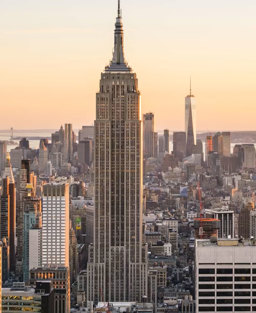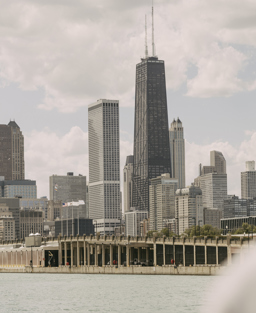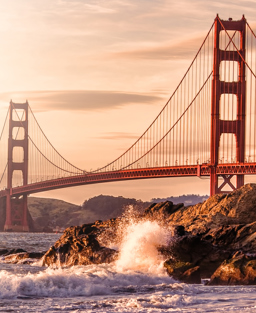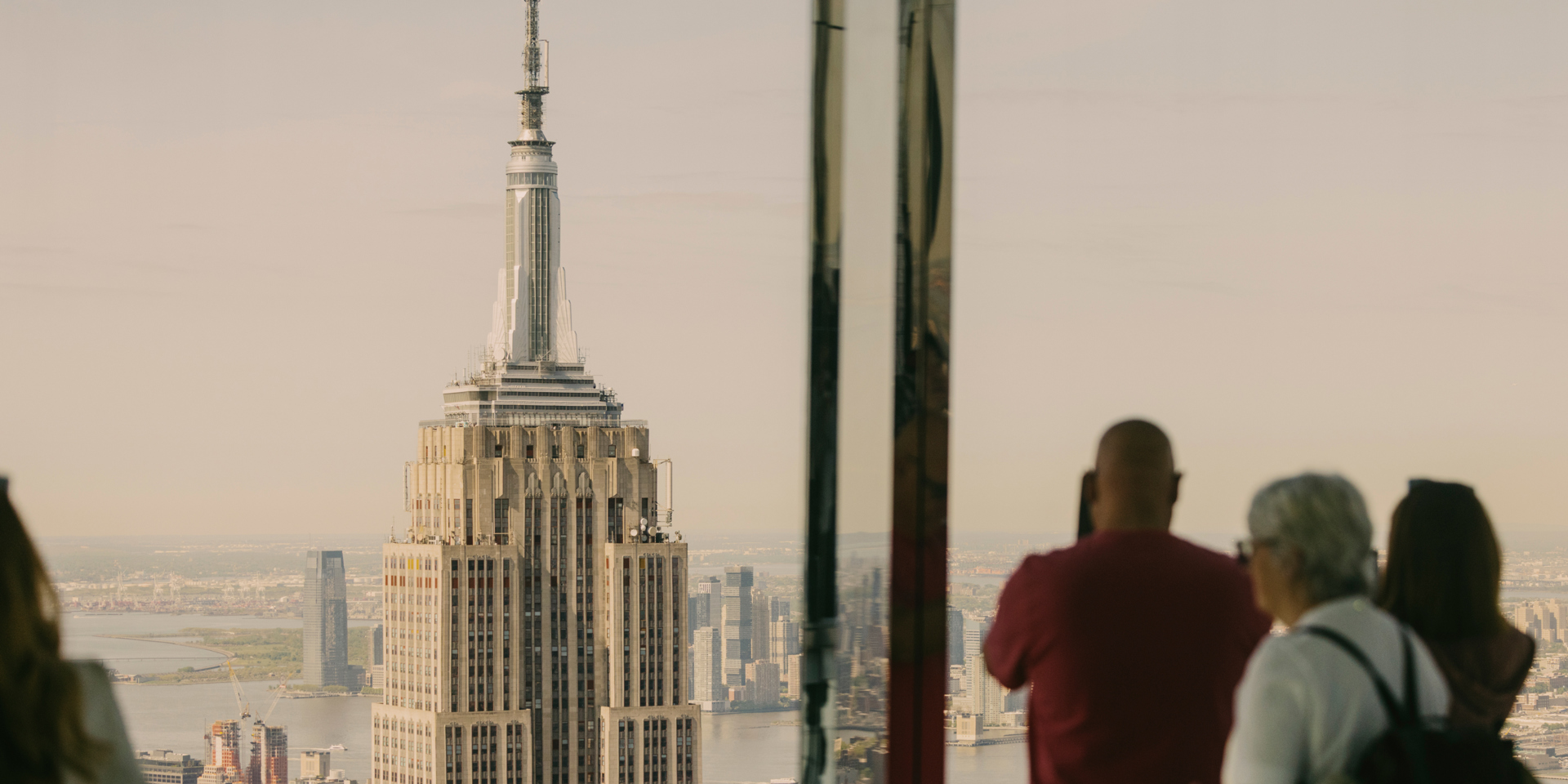

How to do the USA for less
A trip to a major US city or historic National Park doesn’t have to break the bank. In fact, there are many surprisingly inexpensive, but non-bottom-dollar ways to explore and enjoy it all, from sea to shining sea. Here’s how…
Words: Sunshine Flint
11/08/2025
While America offers unforgettable experiences, it’s no secret that the price tag can be daunting. But here’s the good news: with a little planning and a few insider tips, exploring the US can be surprisingly affordable. Whether you’re dreaming of national parks, buzzing cities or iconic road trips, this guide will show you how to do it all for less.
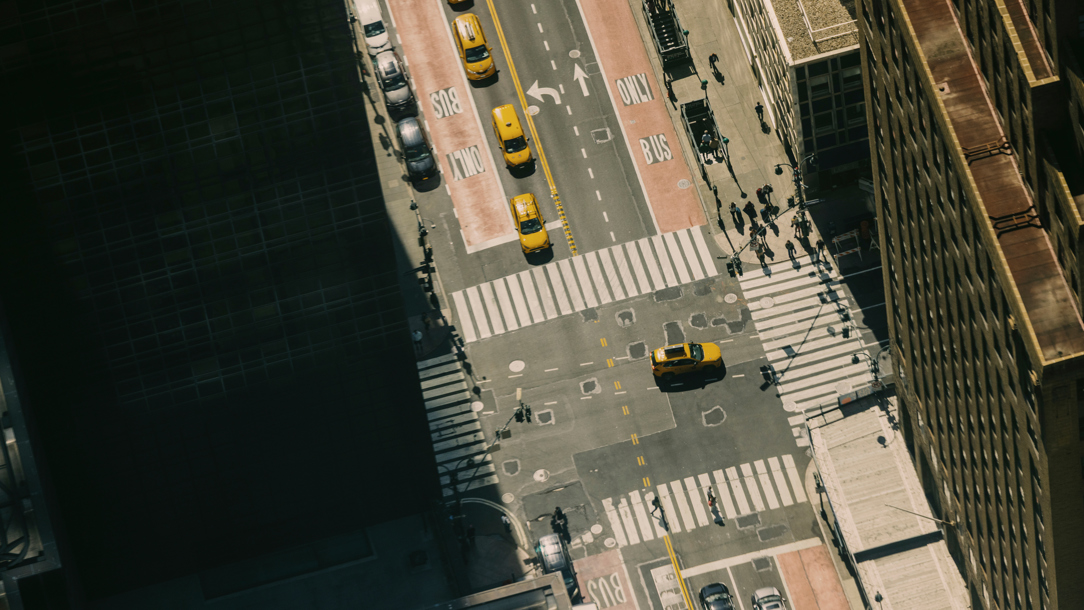
An aerial view of Manhattan. Opening image: the Empire State Building
New York
While a visit to the Big Apple isn’t likely to be light on your wallet, it can be done in a pound-wise fashion. Public transportation, including ferries, and your own two feet make much of the city accessible. Walk the High Line on Manhattan’s West Side and you’ll have views of the Midtown skyline, the Hudson River and public artworks along the way. Walk over the Brooklyn Bridge or take the ferry to Governors Island to immerse yourself in a grand juxtaposition of soaring towers and sparkling waterways. Soak up culture by taking advantage of the museums’ free hours. The Guggenheim has ‘pay what you wish’ on Mondays and Saturdays, from 4 to 5.30pm, while The Whitney Museum of American Art has free admission on Friday nights and the second Sunday of every month. Children aged 16 and under always enter for free at MoMA. Snap up same-day Broadway tickets at a fraction of the regular price by lining up at the TKTS booth in Times Square, or by trying the Today Tix app, which has rush tickets available for some musicals on the day of the show for $49.
Nearly every cuisine in the world is represented here, and affordable eats will appeal to even the pickiest palates, from pizza to dim sum to falafel. In July to August and January to February, Restaurant Week runs for a month and is a great way to dine at top spots for as little as $30.
Where to sleep: New York Hotel Week takes place every January, check for best deals at top hotels such as The Ritz-Carlton New York and The Beekman.
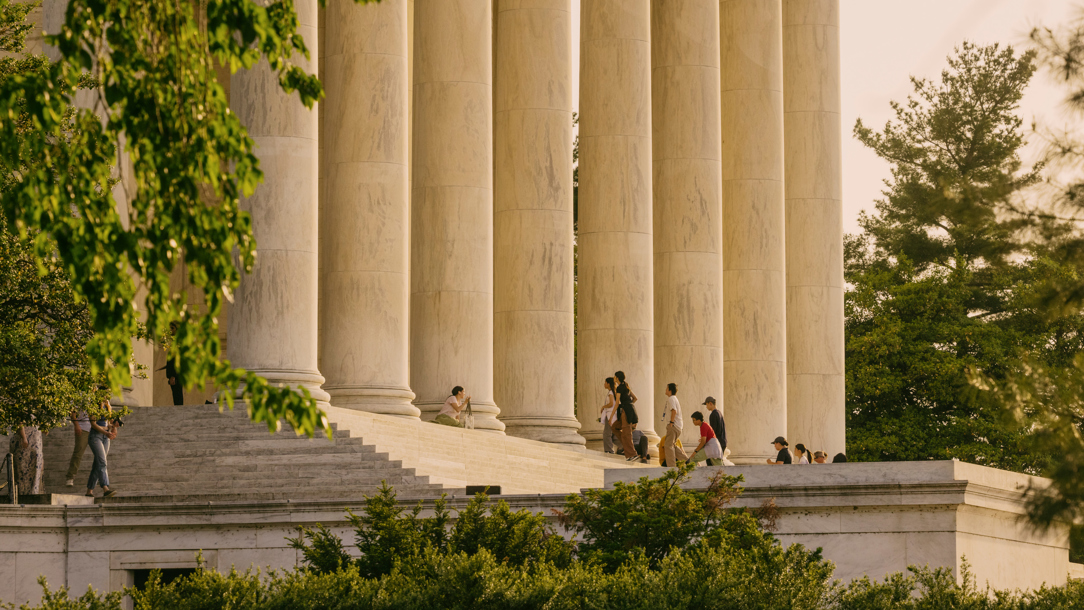
The Lincoln Memorial in Washington, DC
Washington, DC
The residents of the District of Columbia don’t have elected representatives in the federal government (see every licence plate), but they do get to enjoy some of the nation’s most significant museums and monuments. These include the National Air and Space Museum, the National Gallery of Art, the United States Holocaust Memorial Museum and many others, including one of the country’s most spectacular: the National Museum of African American History and Culture, which documents the African American experience from enslavement to today. Many of the museums are free, but you need timed-entry tickets to the Air and Space Museum.
From the Wharf on the Potomac River, one of DC’s newest neighbourhoods, take a free jitney (operating Fridays, Saturdays, and Sundays) to East Potomac Park and walk a circuit around the Tidal Basin to see the Thomas Jefferson Memorial, the FDR Memorial, and the moving Martin Luther King, Jr Memorial. Back on the Wharf, toast s’mores at Camp Wharf at the Firepit after enjoying East and West coast oysters at Hank’s Oyster Bar.
Where to sleep: The Kimpton Banneker Hotel in downtown DC. It was named after Benjamin Banneker, an 18th-century Black mathematician, astronomer, and landowner, who helped survey the boundaries of Washington, DC.
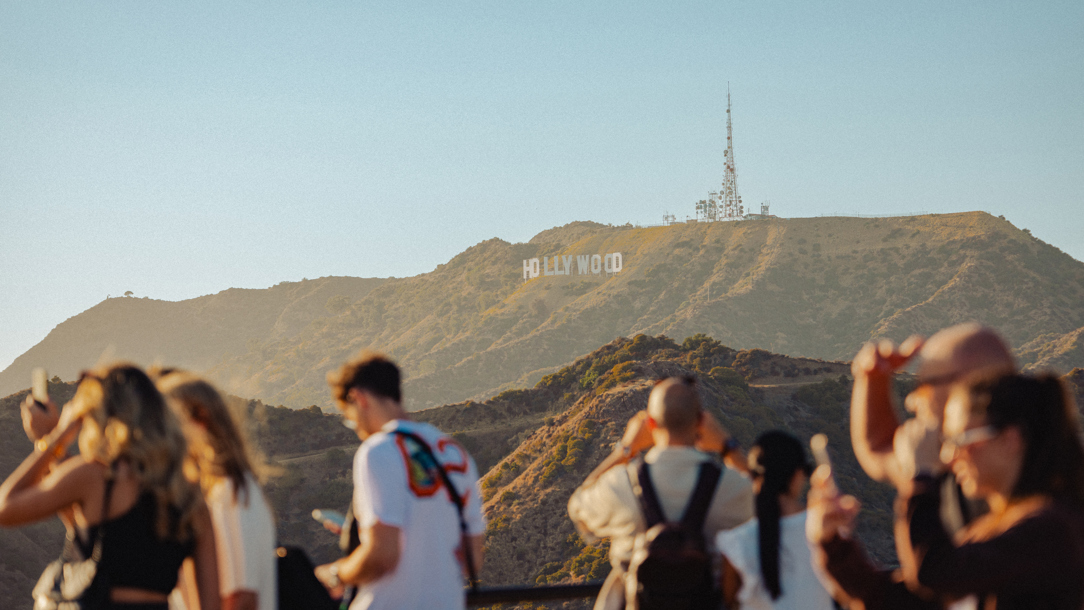
Hikers admire Mount Lee in the Hollywood Hills
Los Angeles, California
Soaking up what Los Angeles has to offer means soaking up the sunshine. And that’s easily done in the City of Angels, from the trails around Griffith Park with views of the Hollywood sign and the free-to-visit observatory (for fans of Rebel Without a Cause) to the entertainments of Santa Monica Pier, to hikes in Topanga Canyon (check the state park website for trail information). The Broad, downtown LA’s contemporary art museum, is free, including its Yayoi Kusama’s Infinity Mirror Rooms, with advanced booking. LA’s Metro connects downtown to neighbourhoods such as North Hollywood, Culver City, Long Beach, Koreatown and Little Tokyo. And join a parade – depending on the season, you can catch LA Pride or the Hollywood Christmas Parade.
Visit one of the city’s ritziest areas, Beverly Hills, and have a full American breakfast or juicy burger at Brighton Coffee Shop, serving since 1930. In Culver City’s Platform, Loqui taqueria is one of the best in the city, while Salt & Straw scoop shop in Venice Beach serves flavours such as goat cheese with marionberry-habanero jam and oishii strawberry pretzel with cream cheese. Out at Malibu Country Mart, you’re almost guaranteed to see some celebrities’ kids congregating around the Starbucks. Choose your Venti caffeinated product and then take the short walk to the Malibu shoreline.
Where to sleep: If you don’t want to sacrifice space or style, look at the Fairmont Century Plaza in West LA and the Omni or the Ace Hotel Downtown in Downtown LA.
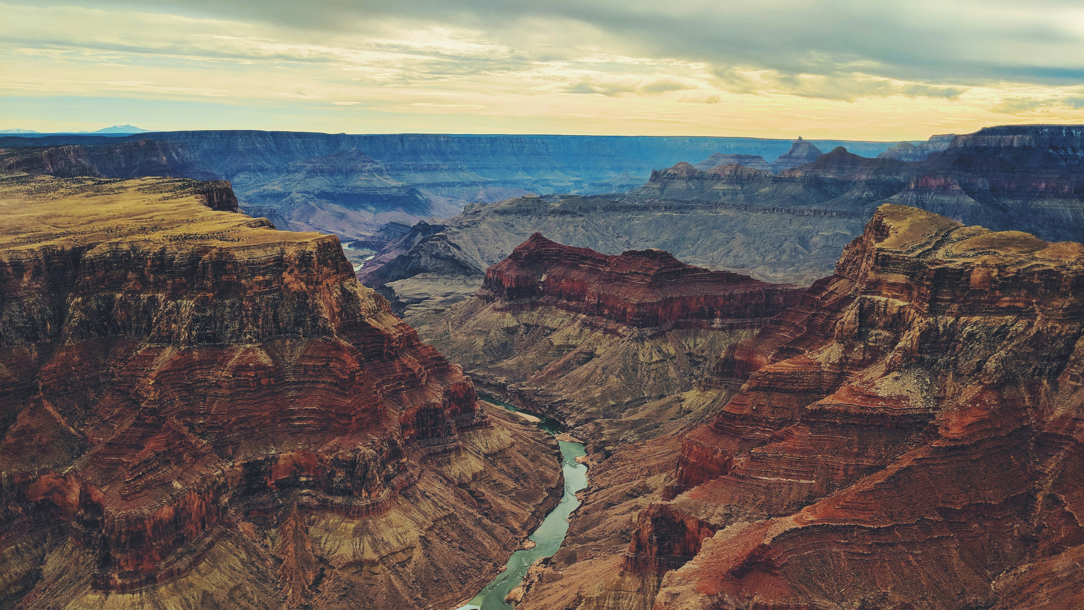
The magnificent Grand Canyon (Sonaal Bangera)
Grand Canyon National Park, Arizona
Millions of visitors a year come to the Grand Canyon to be awed by the sheer scale of it – 277 miles long, 6,000 feet deep, and roughly 18 miles wide. The South Rim is the most accessible (download your National Park Pass before you go – individual permits are $20) with a free shuttle bus that connects the nearby towns and lodges to the visitors’ centre, hiking trails and campgrounds. (Check the National Park Service site for heat alerts, trail closures and other info.)
Walk the Rim Trail to take in the views from Mather Point, Yavapai Point and the aptly named Ooh Aah Point, while the popular Bright Angel Trail will take you below the rim down to the Colorado River, a descent of more than 4,300 feet. Resthouses along the nine-mile trail have water stations and bathrooms. Grand Canyon Village and Tusayan have several southwestern restaurants where you can try Navajo frybread and the local chili.
Where to sleep: While the most affordable option is to camp inside the park (reservations must be made months in advance), it requires having the gear for an outdoor adventure. Look slightly further afield in the towns near the Southern Rim, such as the Grand Hotel at the Grand Canyon in Tusayan.
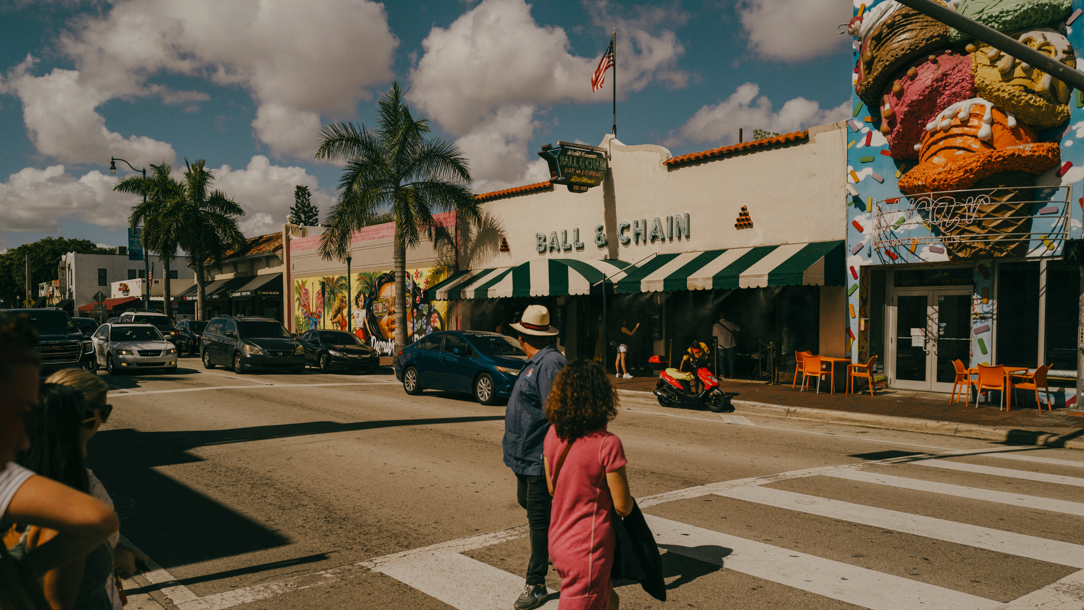
Calle Ocho in Miami’s Little Havana neighbourhood
Miami, Florida
Savvy visitors know there is much more to Miami than South Beach. And there are other ways to enjoy the city than the luxury hotels, beach clubs and restaurants on that hub of sports cars and statement handbags. Across the Intracoastal, in Miami proper, pedestrians and the public can enjoy strolling by the colourful street art and murals along the streets of Wynwood and the in and out of the galleries and boutiques in the Design District. Student tickets to the open-air street art museum Wynwood Walls are just $5 and it’s well worth the guided tour to learn about some of today’s top graffiti and street artists. One of the country’s newest contemporary museums, the Rubell Museum is a short Uber drive away in Allapattah. The low-lying building has vast rooms filled with works by Jean-Michel Basquiat, Keith Haring, El Anatsui, and other global art stars. Tickets for 18 and under are $10, while six and under go free.
Of course, what’s a visit to Miami without a beach day or three? The white sand expanses of Lummus Park beach and 7th Street Beach are fringed by palms, and you can lay out a few beach towels or rent beach chairs and umbrellas. The beaches also bordered by famous Art Deco buildings of Ocean Drive in all their pastel colours. Take advantage of Miami Beach’s other stellar free experiences. Miami Beach Botanical Garden is a small three-acre gem that includes serene Japanese gardens and vibrant edible and native gardens that are home to herons, egrets and numerous butterflies, plus migratory birds such as warblers. Admission is also free at SoundScape Park where you can sit and listen as the New World Symphony performs in the neighbouring New World Center. On Wednesdays from October through to May, the park hosts a free alfresco family-friendly film night.
Where to sleep: The Vagabond Hotel in the MiMo (Miami Modern) neighbourhood along Biscayne Boulevard is a Mid-century Modern landmark with a central courtyard pool and cool-as-a-martini rooms. The Art Deco icon The Shelborne by Proper in Miami Beach is on the oceanfront, its white exterior and famous sign restored and reopened last year.
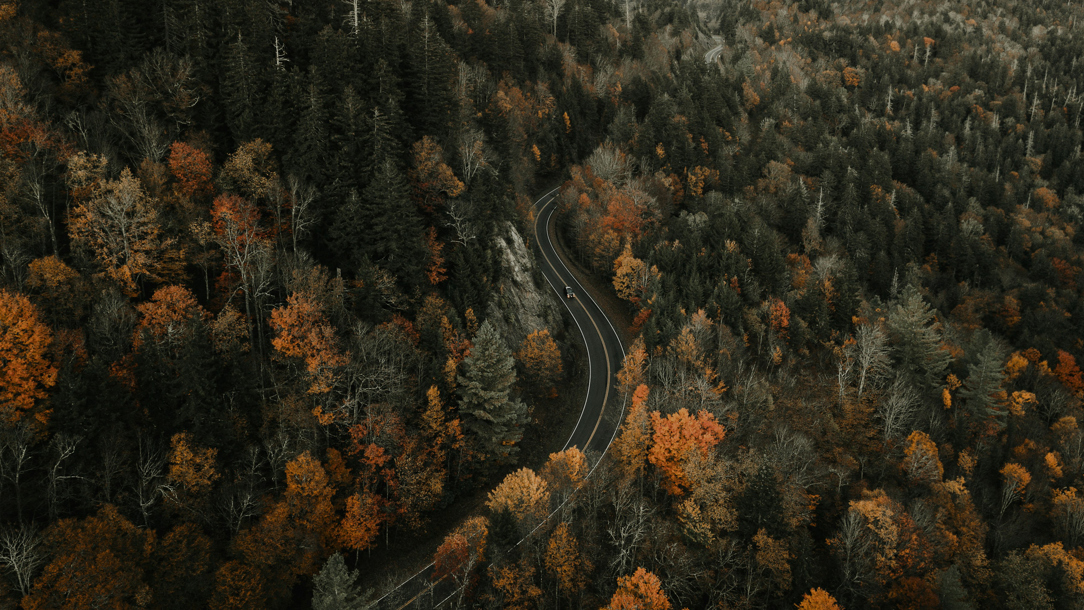
The Blue Ridge Parkway stretches for 469 miles (Clay Banks)
Blue Ridge Mountains, Georgia
These azure-hazed peaks are part of a continent-dividing mountain range that runs from Pennsylvania to northern Georgia and ends in the Chattahoochee-Oconee National Forest. Just 1.5 hours from Atlanta and three hours from Knoxville, TN, and Asheville, NC, these mountain ridges feel remote and wild. In fact, this is where you’ll find the southern terminus of the 2,000-mile-long Appalachian Trail. There are walks and hikes for all levels and ages: for those who want to forest bathe on a simple two-mile loop, to more rigorous hikes that cross over the Appalachian Trail.
Whether you’re a sceptic or a believer, everyone will enjoy the Sasquatch Museum for a Bigfoot encounter (children under five go for free). The town of Blue Ridge is a walkable burg with boutiques, pubs, and a large used bookstore, and, at the Serenity Garden Café, the biscuits and gravy are served with a heaping of Southern fried hospitality. Across the railroad tracks, the white-pillared historic county courthouse is now The Arts Center, The Blue Ridge Mountains Arts Association, with local crafts, quilts, paintings and sculpture on display.
Where to sleep: The Hampton Inn Blue Ridge is the best bet right in town but, if you want to get closer to nature, rent one of the many mountainside cabins, which come complete with cosy wood-burning fireplaces and priceless views.



